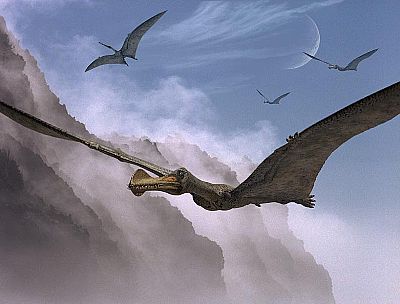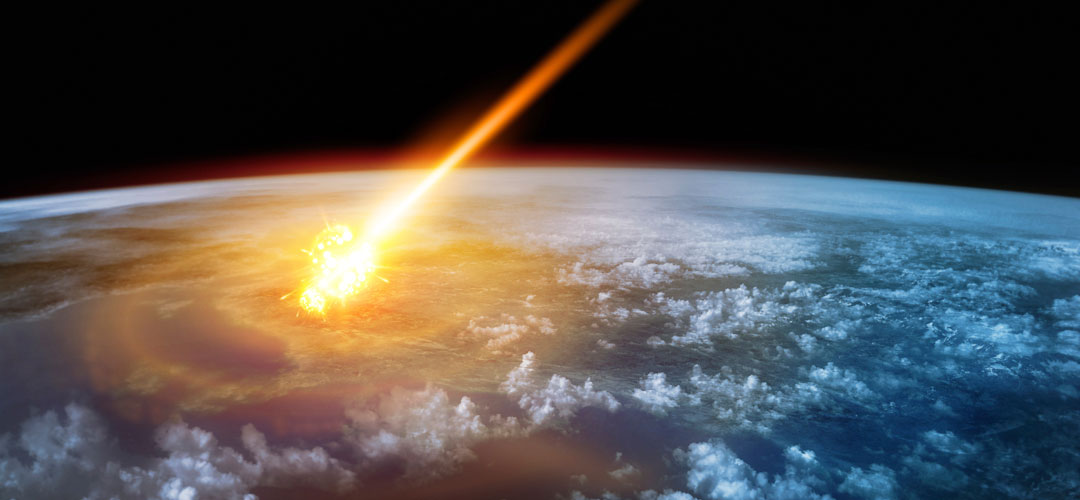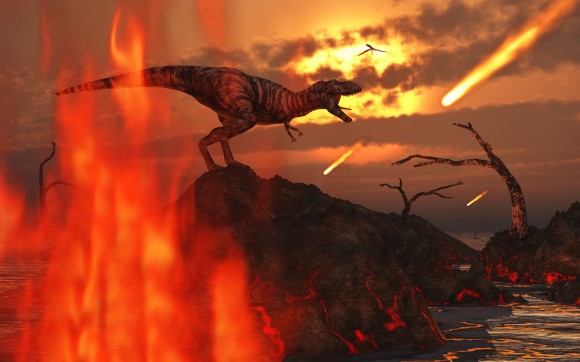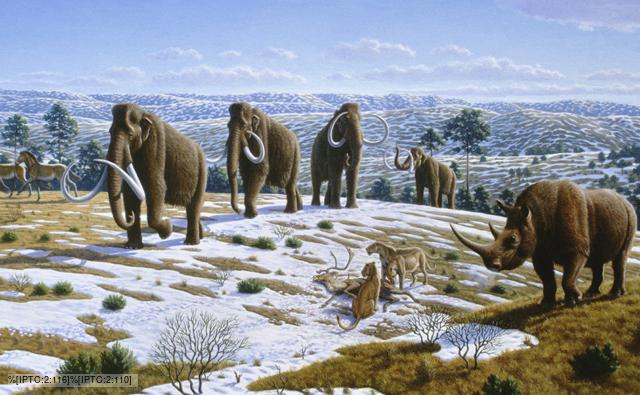Howdy do, readers! Today I'll be telling you of some common misconceptions regarding dinosaurs.

Dinosaurs are nature's celebrities. We love them. Most of us have that "dinosaur phase" of our youth in which we learn up names like "tyrannosaurus" or "dimorphodon", or even "aachenosaurus" during kindergarten, instead of learning spellings that our teachers used to tell us to learn.

Dinosaurs are one of the biggest mysteries mankind has faced since the beginning of time. Several myths have been arising regarding dinosaurs, that in my opinion, need to be put down. Today I've compiled the top 6 myths regarding dinosaurs, and how they're proved to be wrong:

One of the most ridiculous myths about dinosaurs. I mean, they dominated terrestrial life for 150 million years! The fact is, dinosaurs could not cope up with sudden global changes triggered by the K/T meteor, and disappeared off the face of the earth.

Classic dinosaur imagery depicts them in dense jungles and murky swamps. But actually, dinosaurs were found even in chilly, snowy regions, such as the High Arctic mountains.

Most people believe that dinosaurs were vicious, bloodthirsty monsters. But the truth is, they were very kind, loving (well, sort of), nurturing parents. Take the T-Rex for example.


Question: Who would win in a fight: a T-Rex or a Spinosaurus?
Answer: Stupid question, because the T-Rex existed 35 million years after the Spinosaurus, and they existed on different continents.
People think that all dinosaurs coexisted together. Actually, that sort of thing only happens in Jurassic Park films. Dinos evolved over a span of millions of years. For example, look at the triceratops family:


Let's be sensible, people. One asteroid could NOT have killed ALL the dinosaurs. It is true that a gigantic asteroid had crashed near Florida 65 million year ago causing the 180 km.-wide Chicxulub crater. But dinosaur numbers had already begun to dwindle at the end of the Cretaceous period due to frequent volcanic eruptions and receding water levels.

The crashing of the asteroid led to gigantic tsunamis, acid rains and
clouds of dust (which blocked the sun, probably causing plants, then herbivorous dinosaurs, then carnivorous dinosaurs to die) which was the last straw that wiped out the colossal creatures off the face of the earth.


Dinosaurs are still with us. True, the colossal terrestrial monsters are no more, but the avian life of the dinosaur era evolved 150 million years ago into what we call birds. Yes, all the birds from ostriches to hummingbirds to penguins continue to remind us of our long lost ancestors.

Dinosaurs are nature's celebrities. We love them. Most of us have that "dinosaur phase" of our youth in which we learn up names like "tyrannosaurus" or "dimorphodon", or even "aachenosaurus" during kindergarten, instead of learning spellings that our teachers used to tell us to learn.

Dinosaurs are one of the biggest mysteries mankind has faced since the beginning of time. Several myths have been arising regarding dinosaurs, that in my opinion, need to be put down. Today I've compiled the top 6 myths regarding dinosaurs, and how they're proved to be wrong:
Myth 6: Dinosaurs died out because they were "unfit"

One of the most ridiculous myths about dinosaurs. I mean, they dominated terrestrial life for 150 million years! The fact is, dinosaurs could not cope up with sudden global changes triggered by the K/T meteor, and disappeared off the face of the earth.
Myth 5: Dinos lived in humid, endless summers

Classic dinosaur imagery depicts them in dense jungles and murky swamps. But actually, dinosaurs were found even in chilly, snowy regions, such as the High Arctic mountains.
Myth 4: Dinosaurs were savage creatures that tried to kill everything that moved

Most people believe that dinosaurs were vicious, bloodthirsty monsters. But the truth is, they were very kind, loving (well, sort of), nurturing parents. Take the T-Rex for example.

Myth 3:All dinosaurs lived in the same place, at the same time

Question: Who would win in a fight: a T-Rex or a Spinosaurus?
Answer: Stupid question, because the T-Rex existed 35 million years after the Spinosaurus, and they existed on different continents.
People think that all dinosaurs coexisted together. Actually, that sort of thing only happens in Jurassic Park films. Dinos evolved over a span of millions of years. For example, look at the triceratops family:

Myth 2: An asteroid killed all the dinosaurs

Let's be sensible, people. One asteroid could NOT have killed ALL the dinosaurs. It is true that a gigantic asteroid had crashed near Florida 65 million year ago causing the 180 km.-wide Chicxulub crater. But dinosaur numbers had already begun to dwindle at the end of the Cretaceous period due to frequent volcanic eruptions and receding water levels.

The crashing of the asteroid led to gigantic tsunamis, acid rains and
clouds of dust (which blocked the sun, probably causing plants, then herbivorous dinosaurs, then carnivorous dinosaurs to die) which was the last straw that wiped out the colossal creatures off the face of the earth.

Myth 1: Dinosaurs are dead

Dinosaurs are still with us. True, the colossal terrestrial monsters are no more, but the avian life of the dinosaur era evolved 150 million years ago into what we call birds. Yes, all the birds from ostriches to hummingbirds to penguins continue to remind us of our long lost ancestors.
So next time you complain you have nothing to do, just look out the window at some bird, and remember, you are watching a dinosaur in action.
So there you are! No you can escape from such myths regarding our ancestors, and can even preach others!
Stay tuned for future posts!






